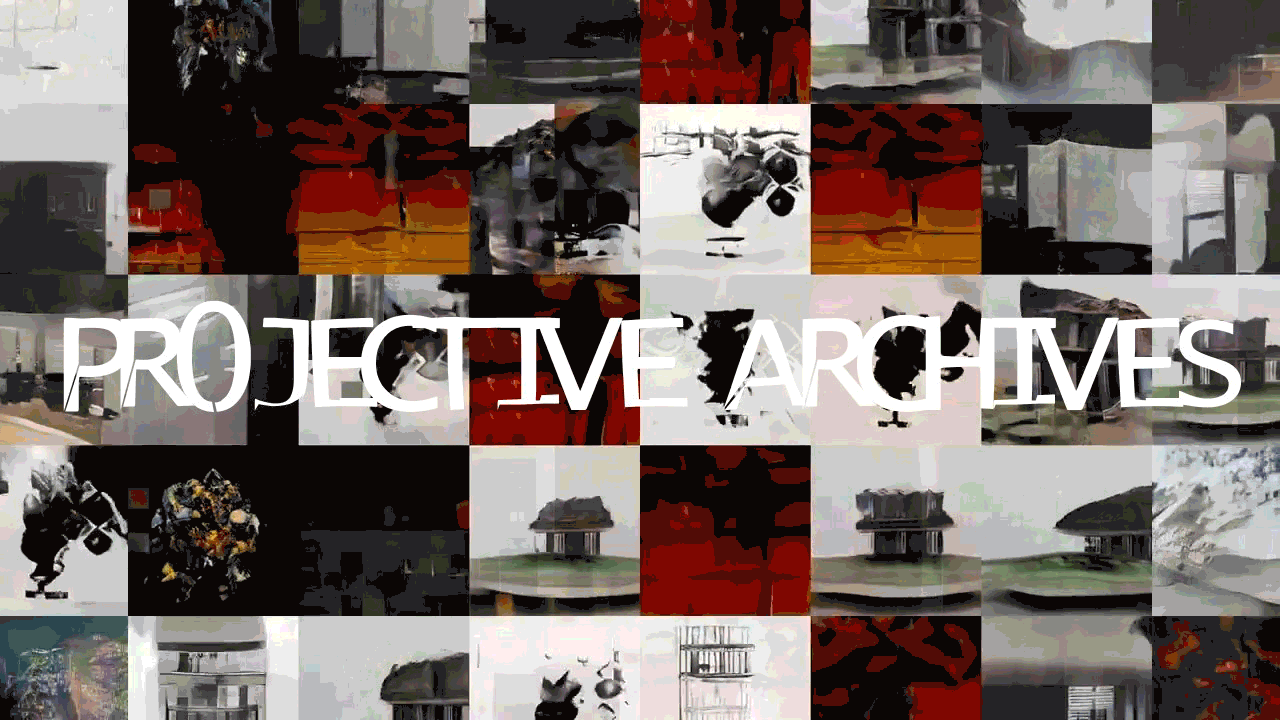
Fall semester 2021 - 2022
As a practice delineating and claiming space, architecture is intimately linked with societal, economic and political manifestations of power relationships. Luxury - defined as ‘a state of great comfort or elegance, especially when involving great expense’ or the ‘habitual use of, or indulgence in what is choice or costly, whether food, dress, furniture, or appliances of any kind’ and ‘sumptuous and exquisite food or surroundings - has been used throughout architectural history to express societal standing and power.
Traditional archives were locations where historical records, archaeological artefacts, collected specimen, media artefacts were stored in durable material form. Archives are linked with centralised power, from religious, over political and military, cultural institutes and universities. The information these archives contain was painstakingly curated, organised and categorised, made accessible through human indexing and often housed in specifically designed architectural structures. Digitalisation and the emergence of the Technosphere, an accidentally and planetary infrastructure of networked technology, has revolutionised how we acquire, organise, store and consume information: information is no longer bound to physical locations but can potentially be accessed globally, exactly and can be endlessly duplicated. Digitalisation has led to the emergence of new forms of centralised power fuelled by the abundance of data, in the form of surveillance and big tech companies. However, after online platforms have democratised the production and publishing of data, blockchain technologies are promising new forms of decentralised ownership and archiving of information. Computation has not only vastly increased the amount of information that can be processed and archived, but also how this information can be utilised and made projective, i.e. digital information is not just representing our world, but actively producing it.
Under the title Projective Archives, this edition of Fieldstation Studio will investigate how contemporary notions of archiving relate to the field of architecture and urban design. What are possible futures for traditional archives and the buildings that house them? Which new infrastructures arise for gathering, storing and sharing new datasets and how do they shape our environments? What’s the impact of new infinite archives and instant accessible datasets on how we design cities and buildings? How can architecture react to the speed of constantly updated digital archives? How does computation allow us to find novel ways of navigating and understanding digital archives, and can they provide alternative ways of practicing architecture?
In this edition of Fieldstation studio we will use the notions of luxury and precarity to question architecture’s position in relation to the technosphere and the anthropocene in these precarious times. We will look into luxury and precarity as a content and context for architecture through fieldtrips, research and hands-on design exercises.
Field Trip. We will undertake fieldtrips and workshops on location in collaboration with other designers, thinkers, hackers and institutions from our network.
Field Guide. On our field trip and through meetings, lectures, screenings & literature, several potential fields of interest will be introduced. During the first exercise these fields and themes will be mapped and investigated by small groups of students with shared interests. This work results in a field guide that documents a set of tools, strategies and media to engage in relation to the expanded field & architecture.
Field Station. For the second part of the studio, students will develop an individual design exercise that results in an architectural proposal for a specific site and context. The design should demonstrate how architecture interacts with the field explored in the field guides. The scale, scope, format and media of this proposal are free, students are encouraged to develop their own vision, interest and ways of working. The individual projects will be shown at a final exhibition.
image: https://archbestia.com/